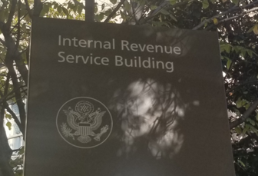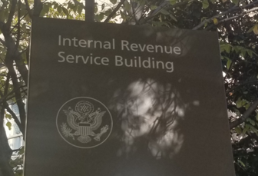
People who earn more than a certain amount and who are enrolled in Medicare Part B or Medicare Part D, or both, will face additional premiums, called The Medicare Income-Related Monthly Adjusted Amount (IRMAA).
IRMAA “surcharges,” which is a replacement word for a tax, are based on income earned two years prior to the coverage year. So, for example, a client enrolling in Medicare in 2024 would pay an IRMAA surcharge based on their 2022 tax return.
Generally there are two types of people that pay IRMAA surcharges: Those who might be affected and those who will always be affected. Because it is income based, people with an unusual income event may only be affected once, while people with higher incomes may always be affected.
The surcharge assessed depends on a special modified adjusted gross income (MAGI) calculation, different from that used to calculate income tax.
To over-simplify, the surcharges apply to single filers earning over $103,000 MAGI and joint filers earning over $206,000 on a sliding scale, with the maximum surcharges assessed on single incomes over $500,000 and joint incomes over $750,000.
Many types of one time income events can trigger these surcharges, including withdrawals from retirement accounts, inheriting IRAs, cashing in certain “MEC” life insurance policies, selling stocks and bonds or flow through from mutual funds and more.
People who simply have large pensions or just large estates with high incomes, business owners that work while on Medicare and trust beneficiaries would likely always owe the additional surcharges but would likely be less surprised by them as an annual event.
People with one time or occasional spikes in income may be able to “tax plan” the surcharge away, if they are paying attention, by harvesting tax credits, making charitable donations, advancing depreciation on real estate or business assets, or using other planning tools. The critical issue is awareness.
Typically, the only people who will be aware of the surcharge in time to take action to lesson their income and undo the surcharge are people who use tax planners and not just tax preparers. Tax planners will usually draft a tax return in the fall with each client and would see the “surcharge income” issue and discuss counter-measures to avoid IRMAA. Tax preparers usually don’t receive paperwork from the client until the next year when it is too late to fix it. If your income is (or might be this year) at or near the income thresholds above, contact a tax planner and start the conversation.



